 |
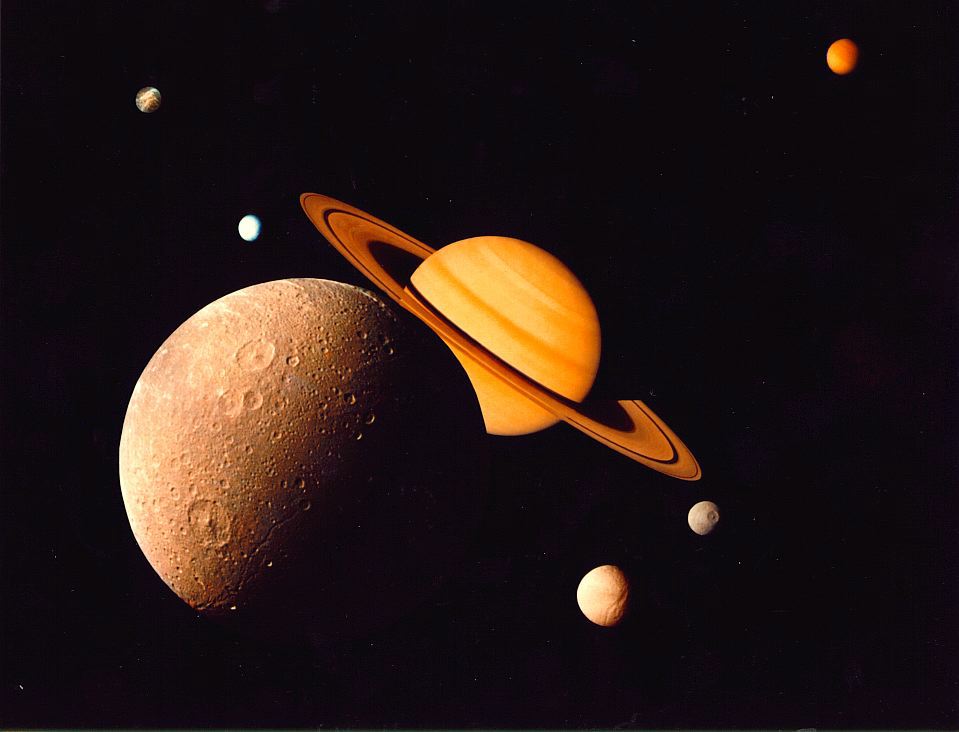 |
 |
 |
In the early 1600s Galileo Galilei (1564-1642) made extensive observations with one of the first astronomical telescopes. Among his discoveries were the four large moons of Jupiter, the Galilean moons Io, Europa, Ganymede, and Callisto. The smallest, Europa, is smaller than the Moon in size, the largest, Ganymede, is larger than Mercury! The Galilean moons have densities that range from 3.53 g-cm-3 for Io to 1.79 g-cm-3 for Callisto, decreasing with increasing distance from Jupiter. Io is mainly rock and iron, Europa and Ganymede are iron, rock and ice, and Callisto is rock and ice. All except for Io contain large amounts of water, in fact, Ganymede and Callisto are roughly half rock and half ice. The large amount of water in the Galilean moons is understandable. Why?
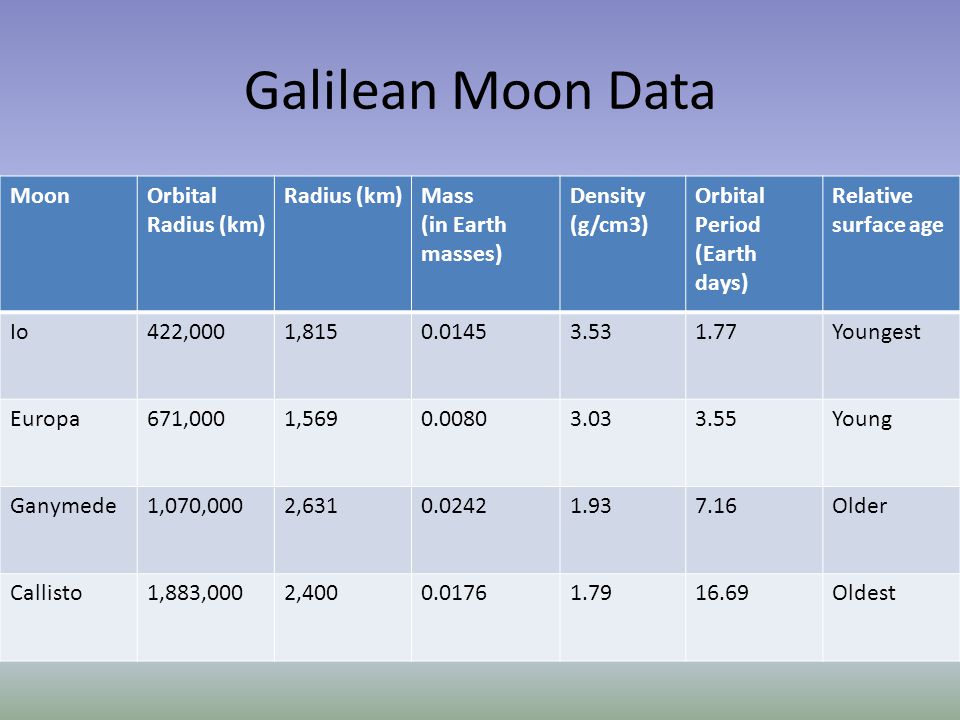 |
These are all moons (roughly the size of Mercury and smaller). They are thusly expected to have cold interiors and to not have active geologies. Surprisingly, some of the Galilean moons are among the most geologically active objects in our Solar System. Below are pictures of Io showing a plume in eruption and views of the face of Io. Io is the most volcanically active body in our Solar System.
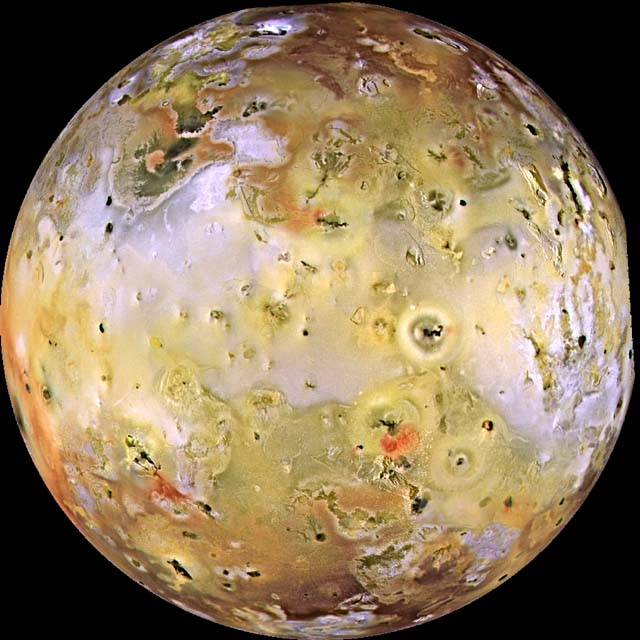 |
 |

|
Why is Io volcanically active? It is, after all, a moon.
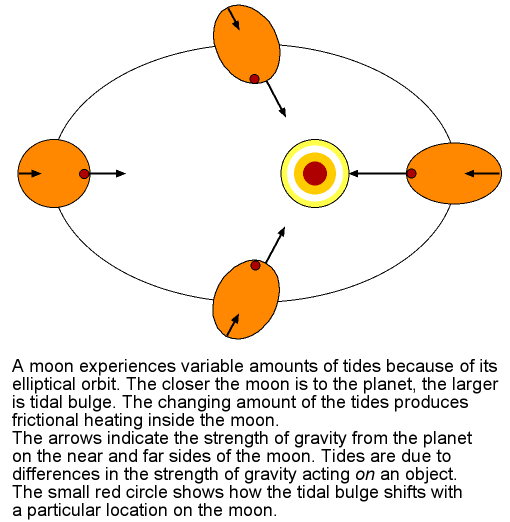
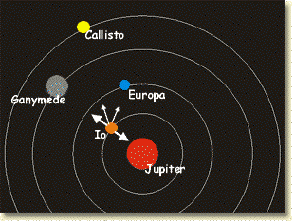
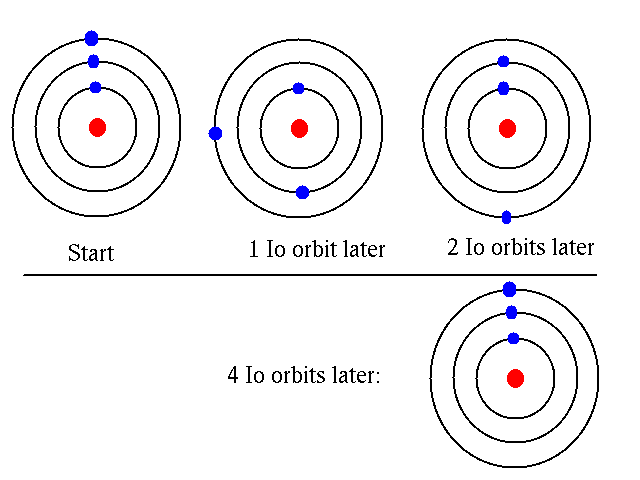
The next two Galilean moons (as shown in the right hand figure) are also expected to show tidal heating. They indeed do with the result that Europa and Ganymede have subsurface oceans beneath their outer ice shells. Interestingly, it is suggested that Callisto also has a subsurface ocean but that it forms because of the heat released from the decay of radioactive nuclei. This means that these moons which do not fall in the Habitable zone of our Solar System may be candidates for life-bearing bodies.


|